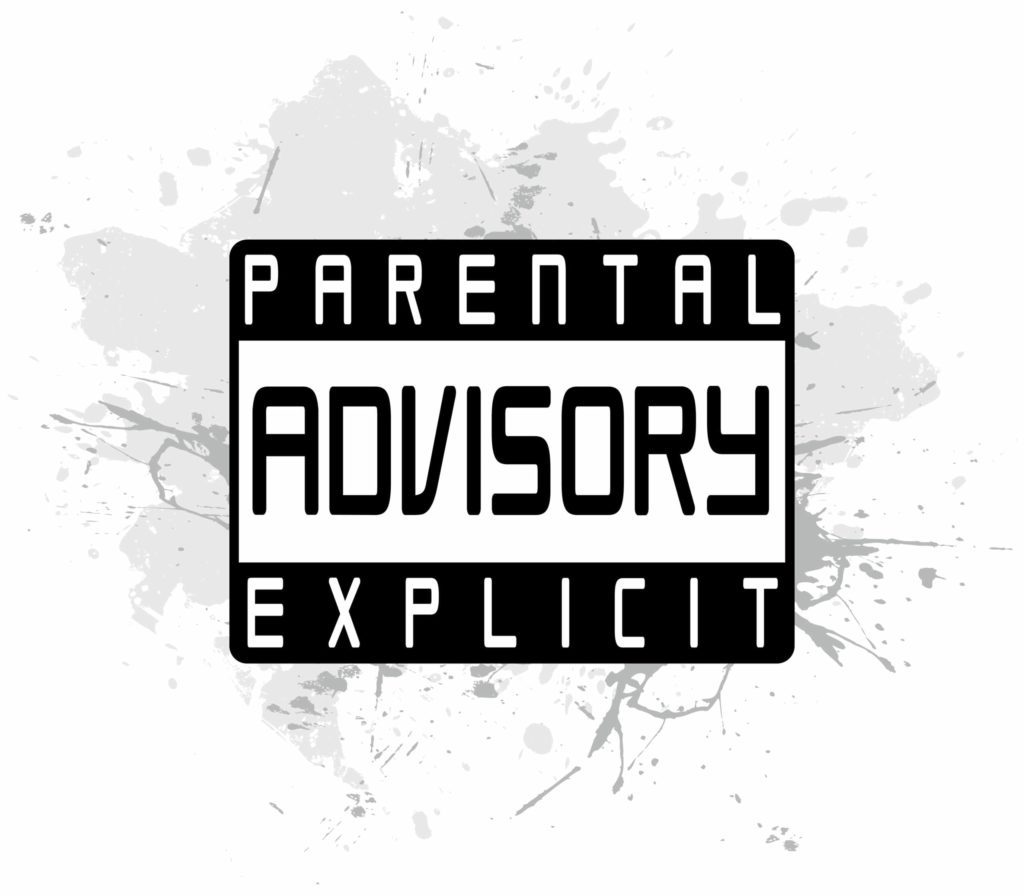Photography, nudity and the internet/social media! When these are separated there is little debate, but when put together, opinions, outrage and legal action get involved.
What is considered appropriate and inappropriate in regards to adult men and women on the internet? Then there’s the issue of children and nudity on the internet? Who determines this and when is enough enough?
Pornography. Let’s face it, porn is everywhere on the internet and there is so much sexualisation in today’s society. Sex sells. Something is posted online, someone gets offended or makes an inappropriate comment, and brutal debates are ensured. When anything involves children, everyone has an opinion, and the rules and regulations get tighter.
Let’s briefly look at a few of the issues.
Adult Nudity Online
There’s a big debate on various social media platforms, there always is, about what is and isn’t acceptable. There are photos of men with bare chests that are considered to be appropriate, but a woman breastfeeding and showing a breast, or two, is considered inappropriate. Both are natural, so why is one okay and the other is not? It is widely promoted that many breastfeeding mothers feel ashamed for breastfeeding in public, and on social media, these photos are deleted by site administrators more often than not. So why is it okay for a man to be half naked but for women it is not? This is a forever ongoing debate… everyone has an opinion.
Facebook, for instance, states:
People sometimes share content containing nudity for reasons like awareness campaigns or artistic projects. We restrict the display of nudity because some audiences within our global community may be sensitive to this type of content – particularly because of their cultural background or age.
We remove photographs of people displaying genitals or focusing in on fully exposed buttocks. We also restrict some images of female breasts if they include the nipple, but we always allow photos of women actively engaged in breastfeeding or showing breasts with post-mastectomy scarring. We also allow photographs of paintings, sculptures, and other art that depicts nude figures. Restrictions on the display of both nudity and sexual activity also apply to digitally created content unless the content is posted for educational, humorous, or satirical purposes. Explicit images of sexual intercourse are prohibited. Descriptions of sexual acts that go into vivid detail may also be removed.
Does this satisfy your thoughts on the subject? This is just one website’s ‘stance’, which doesn’t necessarily transfer to the many others out there. Some argue why photos of a nude Kim Kardashian are allowed to be posted online, yet other similar photos are removed? Do you require celebrity status to be nude online? Let’s continue this debate another day, and move on.
Accessibility
There are magazines and newspapers that show a lot of nudity, accessible by children; newsagents and shops have displays that children can see and reach to open. Should these magazines be placed in an adults only section, or be covered?
When it comes to accessibility on the internet, there are programs and settings that can ‘help’ to prevent children from stumbling across inappropriate adult content, but let’s face it, nothing is foolproof. With the amount of adult-only content on the internet, whether it be pornography sites, YouTube videos, celebrity photo galleries, or even R18+ fan fiction stories, it is extremely important to have measures in place to help protect our children. They are exactly that, children, and in a highly digital and sexualised world, it is more important than ever that their innocence is protected.
Accessibility online is not only limited to pornography sites, there is of course social media, chat rooms and even mobile phone apps. Children and technology go hand-in-hand in today’s society, but they should be monitored at ALL AGES.
Child Nudity Online
When children are involved, there’s a heated debate as to what should be accepted online. When it comes to kids… is posting a photo of a toddler in the bath appropriate? It seems to be common for parents these days to post photos of their own children growing up; whether it be bathing, running around in a nappy through sprinklers, or something else that the parent considers adorable (and it usually is). But it is when those adorable photos are taken by someone else without permission and used in an inappropriate manner where those photos are no longer considered adorable memories, but something depraved.
It is important to remember that as soon as something is uploaded to the internet, it is no longer secure from prying eyes, no matter how tight your social media privacy settings are set. Just read about the Facebook issues in the media that have been going on for a while now regarding data collection and storage. Nothing is sacred anymore. Parents, family and friends, need to be vigilant about what they upload online. Think about your child when they’re older and how they will also feel about such moments being shown publicly. It’s not just about being in that moment right now, that moment is forever!
So the above are the innocent photos considered harmless. Then there is the dark side of child nudity online. The one where fully naked photos and videos are uploaded and viewed/downloaded by adults around the world. Child pornography. There has been a significant rise in child pornography over the last few years, with it likely to continue increasing.
Child Pornography is defined as:
Child pornography refers to any content that depicts sexually explicit activities involving a child. Visual depictions include photographs, videos, digital or computer generated images indistinguishable from an actual minor. These images and videos that involve the documentation of an actual crime scene are then circulated for personal consumption. More recently, live-streaming sexual abuse has begun to surface. In these instances individuals pay to watch the live abuse of a child via a video streaming service. This type of abuse is incredibly difficult to detect, due to its real-time nature and the lack of digital evidence left behind following the crime.
– THORN
It is not difficult for an innocent photograph to be turned into child pornography. Any photo of a child online is at risk of being used inappropriately if the wrong person comes across it. Be cautious and protect your child. If you’d like more information regarding this, you can visit the above Thorn link.
If you suspect or come across child pornography, please report it to the Police.







